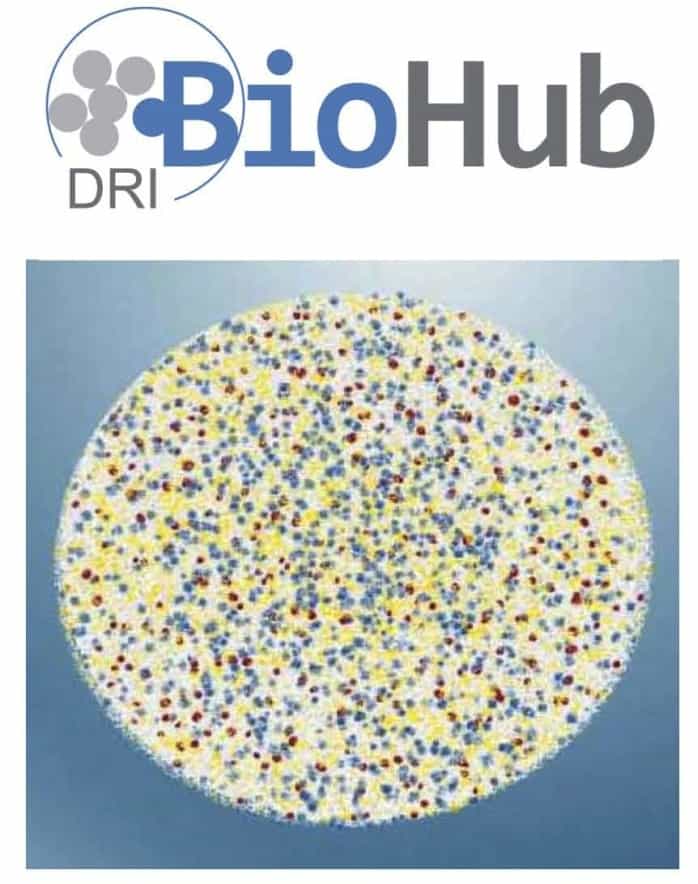Type 1 Diabetes Cure Close To Reality
 Type 1 diabetes cure close to reality after scientists discovered a way to protect the new insulin-secreting cells from the body’s own immune system attacks.
Type 1 diabetes cure close to reality after scientists discovered a way to protect the new insulin-secreting cells from the body’s own immune system attacks.
Back in 2014 Professor Doug Melton and scientists from Harvard Stem Cell Institute found a way to produce huge quantities of pancreatic beta cells. The insulin-secreting cells can be used for implantation into diabetics to cure the disease. However one hurdle still existed with the patient’s immune system attacking the implanted cells and destroying them. Patients had to be on immuno suppressant drugs for the rest of their lives in order for it to work. Anti rejection drugs can cause harmful side effects thus not being beneficial long term.
The researchers from MIT and Harvard University have found a way to protect the precious insulin-secreting cells. The researchers findings uncovered that triazole-thiomorpholine dioxide or (TMTD) was the most beneficial material. The immune system had a minimal reaction to it, making it the perfect protecting coating for pancreatic beta cells.
Type 1 Diabetes Cure Close to Reality?
Researchers then implanted human islet cells encapsulated in the TMTD material in rodent subjects. The cells instantly began producing insulin, and the TMTD stopped the immune system from attacking them. This kept the rodents blood sugar under control, while the protection lasted for the entire length of the study, which was 174 days. This means diabetes was repressed for almost half a year. What’s amazing is that they stopped the mice’s need for insulin injections for around 6 months. The newly implanted pancreatic beta cells were allowed to freely secrete insulin, while the TMTD protected it from being attacked by the immune system. This technique would eliminate the need for daily insulin injections as well as the need for immuno suppressants. This proves type 1 diabetes cure close to reality!
The treatment has the potential of being a long-term solution for patients suffering from diabetes and essentially a cure. It could and will make their lives tremendously easier, and researchers are excited to progress with their research in human trials. If it proves successful, it will therefore open exciting possibilities for people with type 1 diabetes.
references








Hi David, unfortunately we haven’t seen an update on this research at https://hsci.harvard.edu/diabetes-program
However, this is the latest cell therapy Harvard released as of this message: https://hsci.harvard.edu/news/promising-cell-therapy-obesity-and-diabetes
Hope this info helps. Keep the faith, Kenny 🙂
Can we get an update on this research I’m nearly in tears reading this article
I would like this